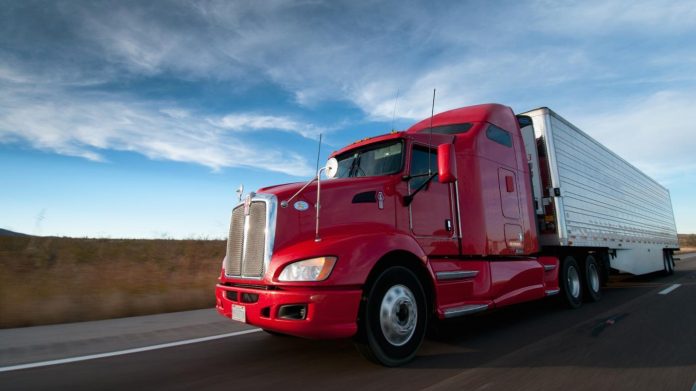Please say it ain’t so! It’s looking like COVID-19 may cause the death of one of mankind’s most gracious forms of connecting with another individual, one that has been around for centuries. The pandemic health crisis is impacting on how people interact. Connective gestures like hugs and kisses are now only for those inside our social bubble. Social distancing and reduced physical contact may have caught up to one if not the most common greeting gesture between two people. It the midst of the coronavirus pandemic we may also be witnessing the disappearance of the handshake.
As we wander far back in time it seems the handshake originated in Greece in 5th century B.C. It was a symbol of peace, showing that neither person was carrying a weapon. It has survived the test of time, until it met face to face with COVID-19 and now suddenly its’ future uncertain. Handshakes convey many messages a mannerly and warm custom to convey greetings or a form of salutation, the consummation of an agreement or to offer congratulations. It has become the globally accepted gesture of peace, and goodwill. A simple but most noble bond or sign of respect between two humans.
By no means is the handshake the only form of greeting around the world. In Tibet, people stick out their tongue (how endearing) as a sign of welcome, while in New Zealand, the Maori touch each others’ noses. Ethiopian men connect their shoulders and in the Democratic Republic of the Congo male acquaintances touch foreheads together. In some Asian countries, it is common to bow to each other when meeting. While men in parts of European and Arab countries actually kiss each other on the check, sometimes accompanied with a firm hug. The handshake though is without a doubt the way most today would greet another. There have been rumbling winds of change for a while though, and we may adopt one particular one at least for a while.
Science has the numbers on what is really going on when two hands meet in a handshake. As many as 124 MILLION bacteria can be transferred back and forth! Twice the number of a high five. No wonder we may have to give this tradition a pass for at least a while. As humans, it’s natural to connect physically. But there’s hope and many alternatives for our age-old friend. COVID has us doing all sorts of gyrations, they include the funky elbow bump, the rhythmic foot tap and the soul brother fist bump which seems to be odds on favourite as the new choice, but my guess is the foot tap passes the fewest germs unless your feet have just accidentally stepped into something unpleasant.
The fist bump came about during the Vietnam War amongst Black soldiers who used it as a sign of unity during times of racial tension and discrimination. Derived from “dap”, a language of gestures rooted in Black American history. Dap is an acronym for “dignity and pride” a symbol of solidarity, a pact taken among soldiers who vowed to look after each other, brothers in arms. Since then it has spread universally and now since it’s hygienic it seems to make perfect sense during the pandemic.
Fist bumping became the thing to do when former President Barack Obama started rocking it during his years in the White House. It was the President that used to encourage that it was more hygienic than a handshake. He knew and it became an accepted almost playful informal greeting which made people smile, and isn’t that what it’s all about? Who knows the future of where COVID-19 is taking us. And even if we lose the handshake for a while, we do know that it has been around for well over 2,000 years, so let’s hope it too can survive the pandemic. I bet it does!




















